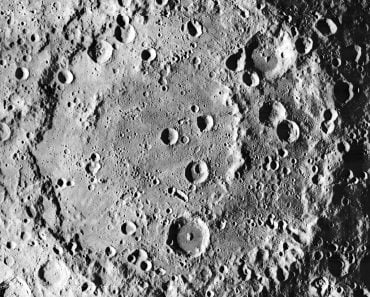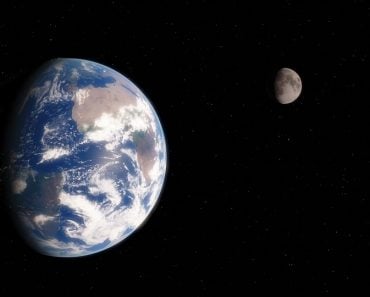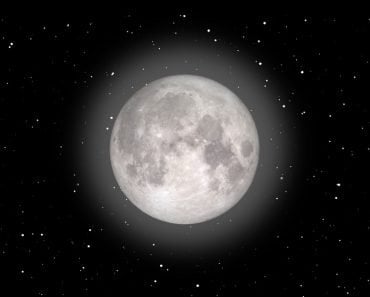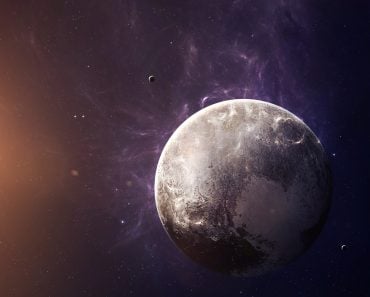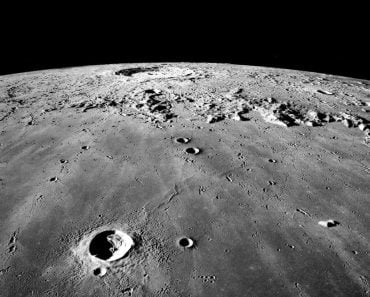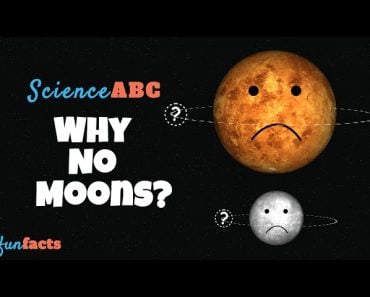Moon dust, also known as lunar regolith, consists of dust particles and matter that hold a lot of information about the origin of the moon.
Our planet’s long-time celestial companion, “the Moon,” has been a source of intrigue for scientists for over six decades now. The birth of the moon has been theorized differently by many scientists, but the most accepted theory worldwide states that the moon was formed when a massive collision between a Mars-sized object and early Earth resulted in the ejection of debris that coalesced to form the moon.
Certain specificities about this theory are still unknown, including the velocity of the impact, the angles at which the object collided with Earth to form debris, and many more.
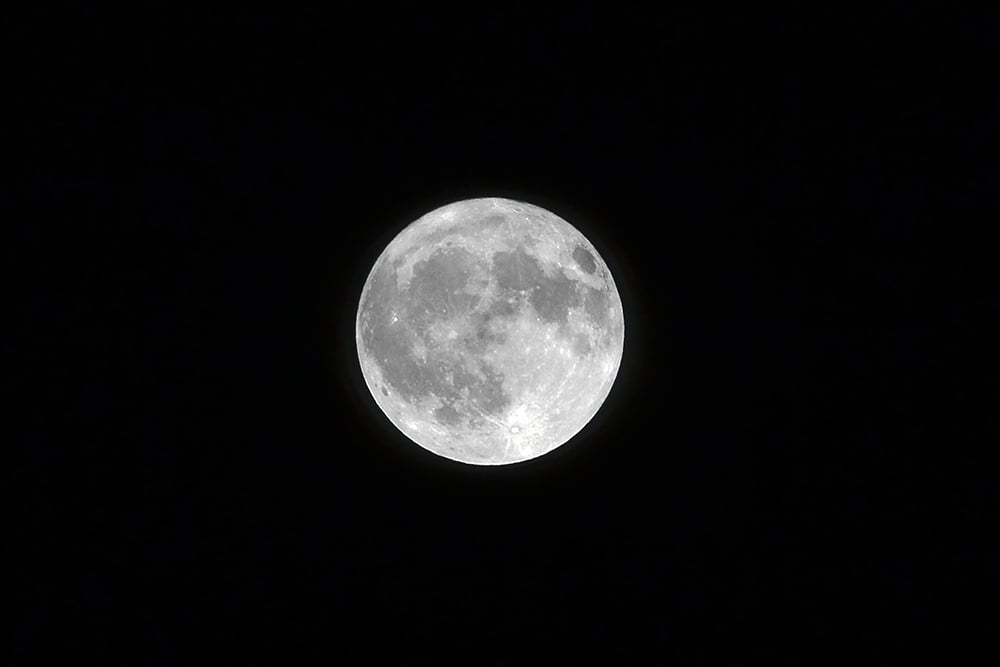
Based on recent research, the finding of water molecules on the lunar surface also raises questions about how water came into existence if the object itself was formed by a collision. Whether water had existed right from the beginning or was introduced later… we want to figure out a way to find answers to these questions.
Recent scientific endeavors have focused on collecting and analyzing moon dust and soil as a means of gaining insight into the formation of the moon and its early history.
Recommended Video for you:
Impact Of The Moon’s Birth On Earth
While we often focus on how the Moon was created, it is also important to think about the huge impact that caused it. This impact didn’t just make the Moon; it also changed things on Earth. It likely caused massive earthquakes and changed the way the Earth’s surface looked.
The impact may have even made parts of Earth’s outer layer turn into vapor and mixed things up in the air. This impact’s effects go beyond just making the Moon; they help us understand how Earth started out and how different parts of space can affect each other.
What’s So Special About The Moon Dust?
Moon dust is also known as lunar regolith, and it holds a lot of information about the origin and evolution of this celestial body. This regolith is a mixture of fine dust particles, small rocks, and large boulders that cover the entire surface of the moon. Many robotic missions have been sent to collect samples from the surface, including the Apollo mission in 1968. Since then, various successful missions have been planned and executed, allowing scientists to have unprecedented access to the moon’s geological history.
The mineralogy of lunar dust is affected by UV light exposure, cosmic radiation, and solar radiation. It is continually being modified by minor impacts of other asteroids and meteorites. The constant shock absorption changes the surface area, which leads to complex shapes and sharp edges. The primary chemical composition of lunar dust comprises compounds like Silicon oxide, Calcium oxide, magnesium oxide and minor compounds like sodium, potassium etc.

Can We Determine The Age Of The Moon?
One the key questions that moon dust can help answer is the actual age of the moon. By unlocking the isotopic composition of lunar soil, scientists can estimate the time that has elapsed since its formation. This estimation is critical in refining our understanding of the early solar system. Some of the approaches used by scientists to identify the age of the moon include radiometric dating, analyzing the basalt rocks, understanding the chronology of impact craters and many more.
These methods provide valuable insights into the moon’s age, but they can also be uncertain, as there are no means to identify the moon’s exact age as of yet. Different samples might show different results due to variations in the parent isotope. However, by integrating various dating techniques and by careful analysis of multiple samples, scientists have been able to narrow down the range of possible ages, and it currently sits at around 4.5 billion years. This is similar to the age of the Earth.
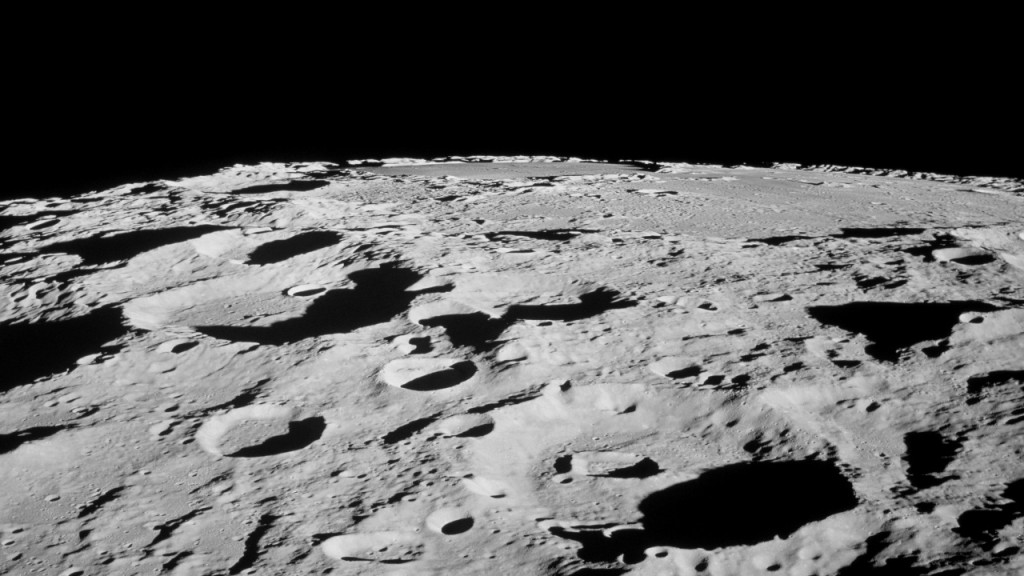
Understanding The Moon’s Interior
Moon dust isn’t limited to the surface; it can also provide indirect insights into the Moon’s interior structure. Understanding the Moon’s interior is a complex puzzle that requires a combination of seismic analysis, sample studies, and theoretical modeling.
Seismic data collected from moonquakes and impact events provides crucial information about the composition and layering of the Moon’s subsurface. Integrating this seismic data with analyses of lunar samples helps scientists refine their models of the Moon’s internal structure, shedding light on its mantle, core, and potential geological processes. With the current technology available for data analysis, astronomers have gained expertise in various software programs to understand and model the interior structures of moon.
A Final Word
Collecting and studying moon dust and soil is critically important for figuring out how the Moon started and what it was like in its early days. By looking at the tiny parts that make up the Moon’s surface, the marks left by impacts, and the shaking that the Moon has felt, scientists are slowly learning more about how the Moon has inexorably and radically changed over time. As we learn more about how the Moon formed, we are also developing a better idea of how planets are born and grow in our solar system.

